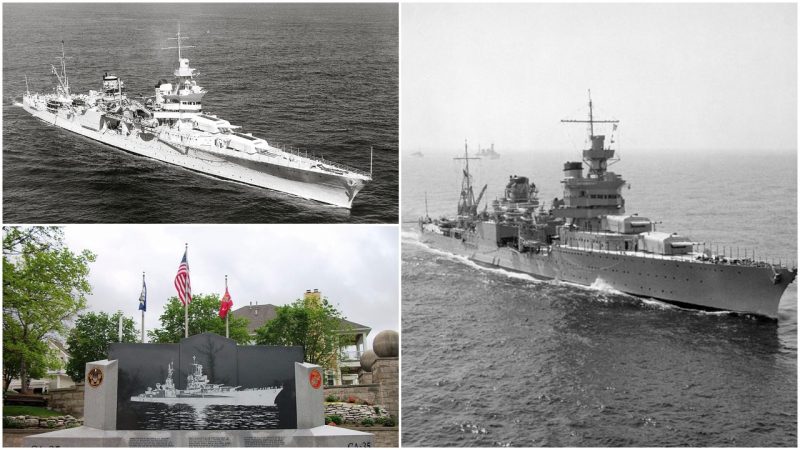It was one of the most horrific fates suffered by a U.S. ship in World War Two, its destruction finding its own sort of fame in a spine-tingling monologue in an iconic film. And now, 72 years later, the wreckage of the U.S.S. Indianapolis has been discovered on the floor of the Pacific Ocean.
Billionaire mogul Paul G. Allen, a co-founder of Microsoft, announced that the wreckage of the 9,800-ton Portland Class heavy cruiser was discovered by a civilian team in a research vessel he funded. “To be able to honor the brave men of the USS Indianapolis and their families through the discovery of a ship that played such a significant role in ending World War II is truly humbling,” Allen said.
In 1945 the warship had a very specific secret mission to complete: delivering components of the atomic bomb that was to be used in Hiroshima to the island of Tinian. It was the world’s first operational atomic bomb. At 12:14 a.m. on July 30, 1945, after delivering this controversial cargo, the ship was hit by two torpedoes fired by a Japanese submarine in the Philippine Sea.
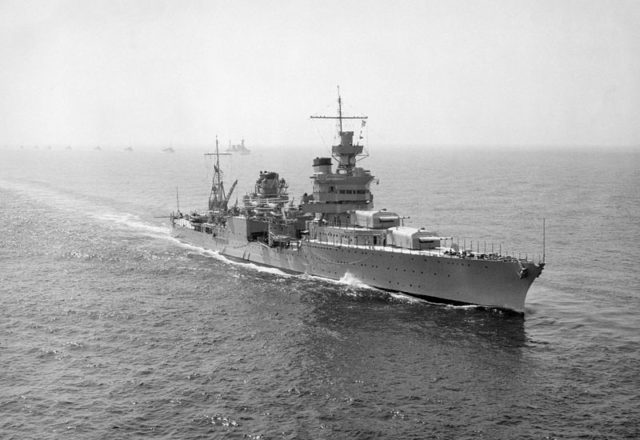
The ship sank in 12 minutes, with no distress signal sent.
Of the 1,196 men on board the Indianapolis, about 300 went down with the ship. That left about 900 men alive, but without lifeboats they were forced to float in lifejackets and almost no food or water–and the sharks closed in.
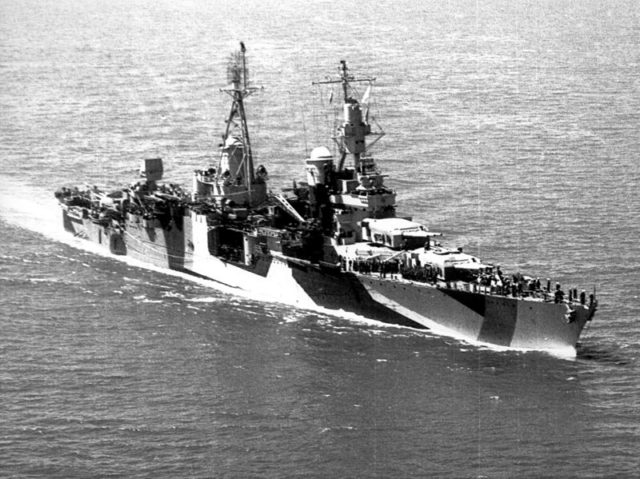
Four days later, only 316 of the men were still alive when they were spotted by an airplane on a routine patrol purely by accident. No search parties had been looking for them. The majority of the men drowned or died of dehydration, exposure, or shark attack.
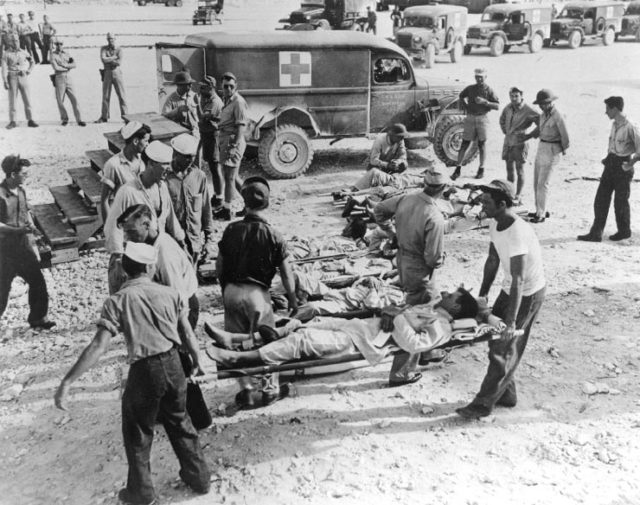
Navy officials were shocked by the disaster and a public announcement of the Indianapolis‘s loss was delayed until August 15, “thus assuring that it would be overshadowed in the news on the day when the Japanese surrender was announced by President Truman,” according to the website Indianapolis.org.
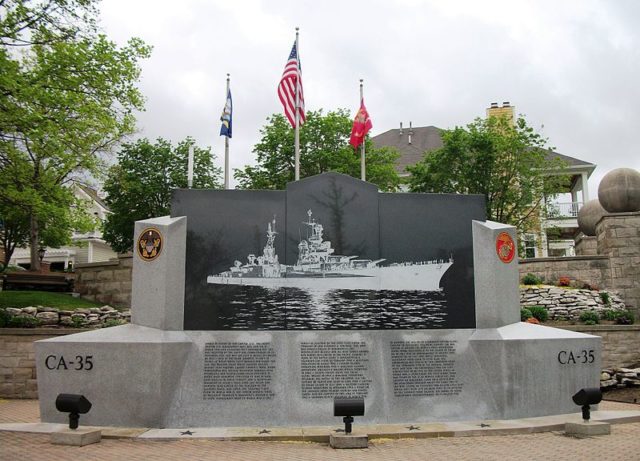
But word of the tragedy spread, and it even worked its way into the script of the 1975 film Jaws, directed by Steven Spielberg and the seventh highest grossing film of all time. Robert Shaw plays an aloof, angry, and tormented New England captain of a boat who had been aboard the Indianapolis, and when characters played by Richard Dreyfuss and Roy Scheider tease him about his scars, he tells them his story in a famous monologue:
“Didn’t see the first shark for about a half-hour. Tiger. 13-footer. You know how you know that in the water, Chief? You can tell by lookin’ from the dorsal to the tail. What we didn’t know, was that our bomb mission was so secret, no distress signal had been sent. They didn’t even list us overdue for a week. Very first light, Chief, sharks come cruisin’ by, so we formed ourselves into tight groups. It was sorta like you see in the calendars, you know the infantry squares in the old calendars like the Battle of Waterloo and the idea was the shark come to the nearest man, that man he starts poundin’ and hollerin’ and sometimes that shark he go away… but sometimes he wouldn’t go away…”
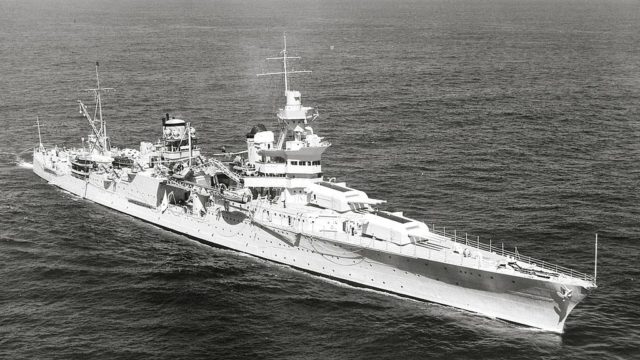
The ship’s wreckage has been sought over the years, with the search narrowed to a 600-square-mile area of the ocean. It was Allen who found the Indianapolis with his 13-member research team on a 250-foot research ship.
The crew is working with the U.S. Navy as it surveys the wreckage. There are plans for a live tour of the wreckage in the next few weeks.
On Paul Allen’s Foundation website it reads: “Like many of us, when Paul notices something about the world that interests, fascinates or bothers him, he wonders if it can be done differently.”
